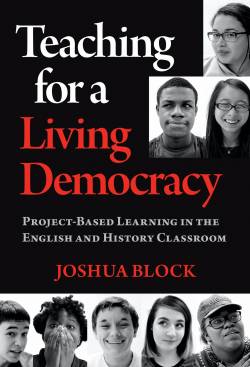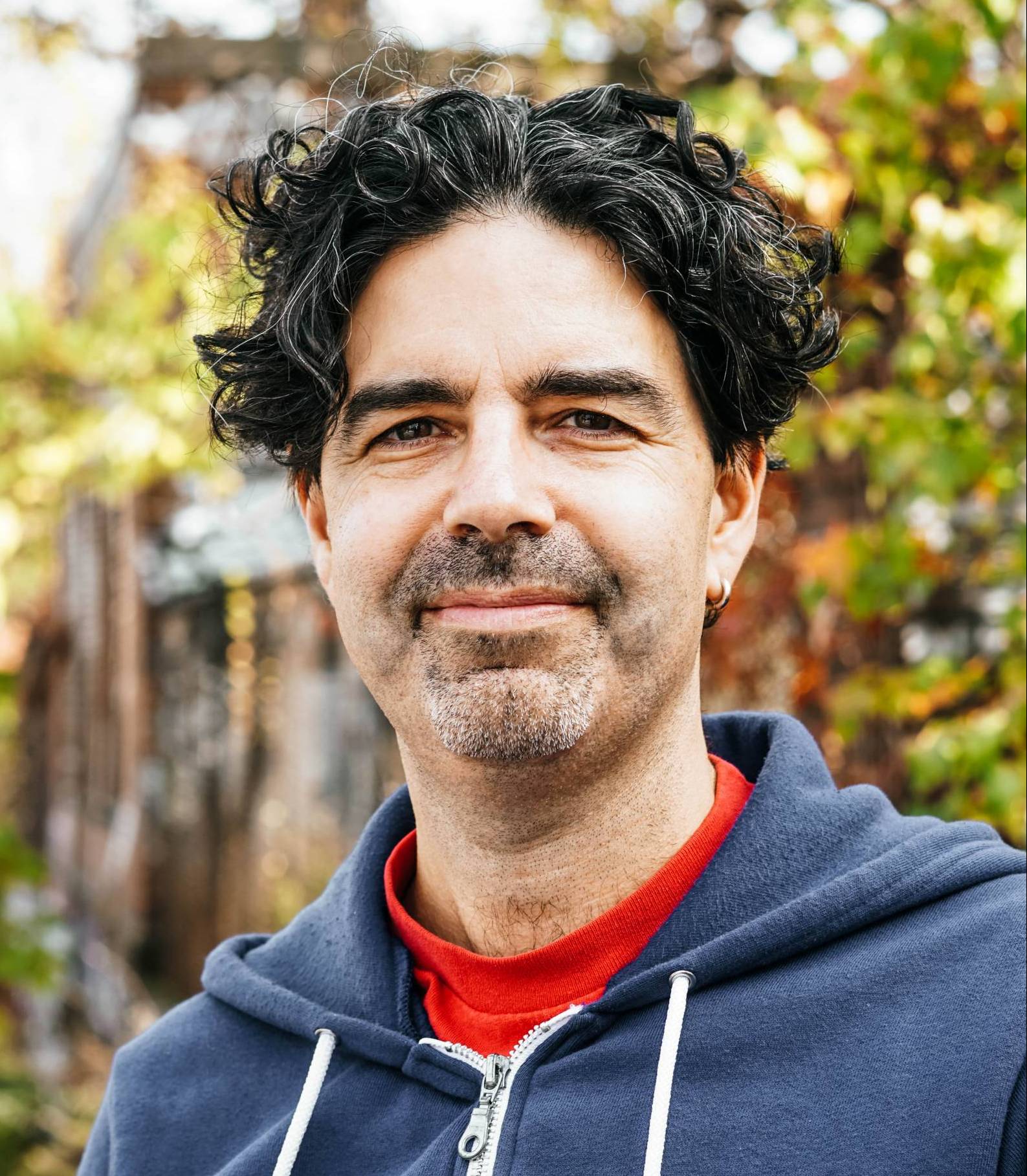Excerpted from "Teaching for a Living Democracy: Project-Based Learning in the English and History Classroom" by Joshua Block. Published by Teachers College Press.
Prioritizing Student Voices, Decentralizing the Classroom
In our society, it is widely believed that because young people lack experience, they aren’t smart, capable, or insightful. These beliefs are often referred to as young people’s oppression or adultism. In reality, young people see the world differently and are able to recognize injustice and question dominant paradigms, make intellectual connections, and take action in ways that adults often will not. Paolo Freire explained that learning to read the world and discovering the power of one’s own voice are transformative experiences (Freire, 1983). Designing learning that prioritizes student voices also benefits the teacher, who can leave the position of authority in the front of the room and be side by side with students as they transform themselves through their work.
School matters to students when they are given opportunities to engage with the world around them and ask questions about issues that are often ignored or overlooked. As students engage by reflecting on their experiences, learning about our society, and both envisioning and working for social change, they learn that there is substance to their ideas and that they can inhabit multiple roles in the world. When learning is designed in ways that prioritize student voices and thought, there is a clear pathway for students to invest themselves fully and genuinely in quality work that matters. Another way to think of this is to allow students to make meaning of content on their own terms.
In addition to regularly sharing both rough work and finished products out loud, students can generate questions and facilitate. When I prepare students well and successfully set them up to develop their own ideas, my students facilitate their own discussions by quoting sources, calling on each other, and questioning each other deeply. During these times I remind students to speak to each other and not solely to me. I position myself off to the side or behind other students, in order to make sure students speak to each other and shift away from a model where the teacher is always the center of the action.




